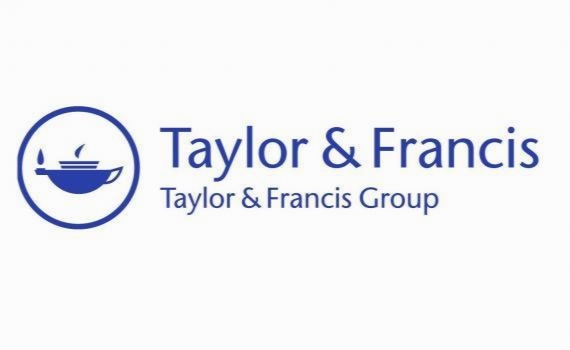پولشویی و هزینه های حسابرسی Money laundering and audit fees
- نوع فایل : کتاب
- زبان : انگلیسی
- ناشر : Taylor & Francis
- چاپ و سال / کشور: 2018
توضیحات
رشته های مرتبط حسابداری
گرایش های مرتبط حسابرسی
مجله حسابداری و تحقیقات تجاری – Accounting and Business Research
دانشگاه School of Accountancy – Massey University – New Zealand
منتشر شده در نشریه تیلور و فرانسیس
کلمات کلیدی انگلیسی money laundering; audit fees; audit risk; social capital
گرایش های مرتبط حسابرسی
مجله حسابداری و تحقیقات تجاری – Accounting and Business Research
دانشگاه School of Accountancy – Massey University – New Zealand
منتشر شده در نشریه تیلور و فرانسیس
کلمات کلیدی انگلیسی money laundering; audit fees; audit risk; social capital
Description
1. Introduction This paper investigates the association between state-level money laundering sentences, an important and unexplored source of clients’ business risk, and audit fees in the US. Money laundering, a criminal act aimed at concealing or obfuscating the nature, source, location, or movement of money derived from unlawful activities, is pervasive and estimated to be 2–5% of global gross domestic product (GDP), or $800 billion to $2 trillion in current US dollars (The United Nations Office on Drugs and Crime [UNODC] 2016). Money laundering has damaging effects on the economy for a number of reasons, including economic distortions, monetary instability, vulnerability of the financial system, increased corruption, and socioeconomic instability (Drayton 2002, Dowers and Palmreuther 2003). Money laundering is a global problem, including in the US, although there are variations in money laundering sentences across US states.1 We examine the response of auditors to such variations in money laundering sentences, from the perspective of audit pricing. We conceptualize our research objectives from the perspective of auditor assessment of client risk, in particular, the auditor-perceived business risk of clients (Public Company Accounting Oversight Board [PCAOB] AU 12 2010) and its effects on audit fees. During the 1990s, several leading audit firms adopted a business risk-based audit approach, which required a comprehensive understanding of clients’ industries, business models, strategies, and processes (Bell et al. 2008). Prior studies confirm that external auditors behave in accordance with the audit risk model: i.e. expand their tests, increase budgeted audit hours, and increase audit fees for riskier clients (Bedard 1989, Mock and Wright 1993, 1999; O’Keefe et al. 1994, Hackenbrack and Knechel 1997, Morgan and Stocken 1998, Bell et al. 2001, Felix et al. 2001, Johnstone and Bedard 2001). Bedard and Johnstone (2004) and Bell et al. (2008) find that clients with high risk assessments are associated with high planned levels of audit evidence and high recommended billing rates. Other studies that document a positive association between client risk and audit fees include Pratt and Stice (1994), Beaulieu (2001), and Kim and Fukukawa (2013). Prior research, however, has mostly concentrated on firm-specific risks that have the potential to increase the risk of material misstatements, e.g. the risk of financial statement manipulation (Gul et al. 2003, Bedard and Johnstone 2004).


